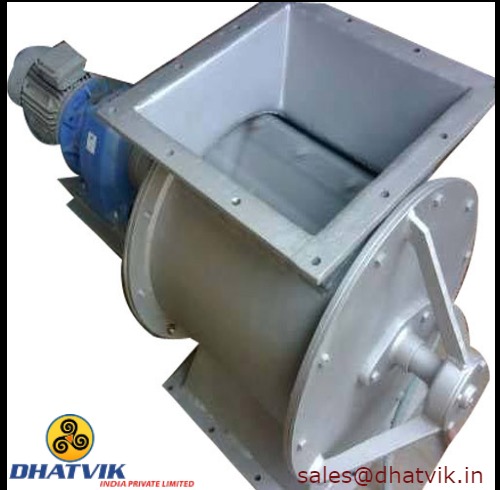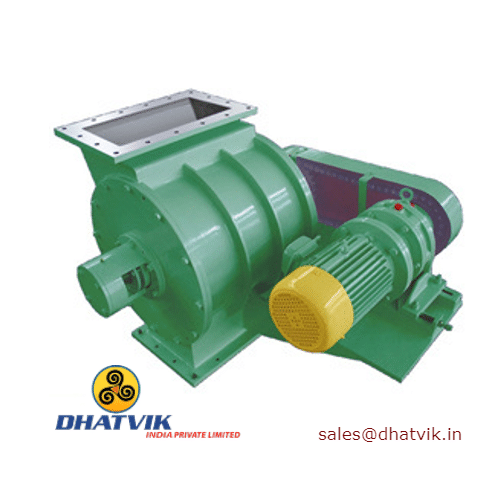Call us
07971189614


Rotary airlock feeders have wide application in industry wherever dry free-flowing powders, granules, crystals, or pellets are used. Typical materials include: cement, ore, sugar, minerals, grains, plastics, dust, fly ash, flour, gypsum, lime, coffee, cereals, pharmaceuticals, etc.
Industries requiring this type include cement, asphalt, chemical, mining, plastics, food, etc.
Rotary feeders are ideal for pollution control applications in wood, grain, food, textile, paper, tobacco, rubber, and paint industries, the Standard Series works beneath dust collectors and cyclone separators even with high temperatures and different pressure differentials.
Rotary valves are available with square or round inlet and outlet flanges. Housing can be fabricated out of sheet material or cast. Common materials are cast iron, carbon steel, 304 SS, 316 SS, and other materials. Rotary airlock feeders are often available in standard and heavy duty models, the difference being the head plate and bearing configuration. Heavy duty models use an outboard bearing in which the bearings are moved out away from the head plate. Housing inlet and discharge configurations are termed drop-thru or side entry. Different wear protections are available such as hard chrome or ceramic plating on the inner housing surfaces. Grease and air purge fittings are often provided to prevent contaminants from entering the packing seals.
Airlock-type rotary valves function as isolation devices in the event of a fire or deflagration inside the processing facility. They do not put out fires, but by sealing off the flow of air and material, they may slow down or prevent flames from spreading further down the conveying line.
In order to function properly as isolation devices, the NFPA requires certain features in rotary airlock valves, including a 0.0079’’ clearance between the rotor and housing, specific materials of construction, and 8 or more rotor vanes.
The basic use of the rotary airlock feeder is as an airlock transition point, sealing pressurized systems against loss of air or gas while maintaining a flow of material between components with different pressure and suitable for air lock applications ranging from gravity discharge of filters, rotary valves, cyclone dust collectors, and rotary airlock storage devices to precision feeders for dilute phase and continuous dense phase pneumatic convey systems.

Price: